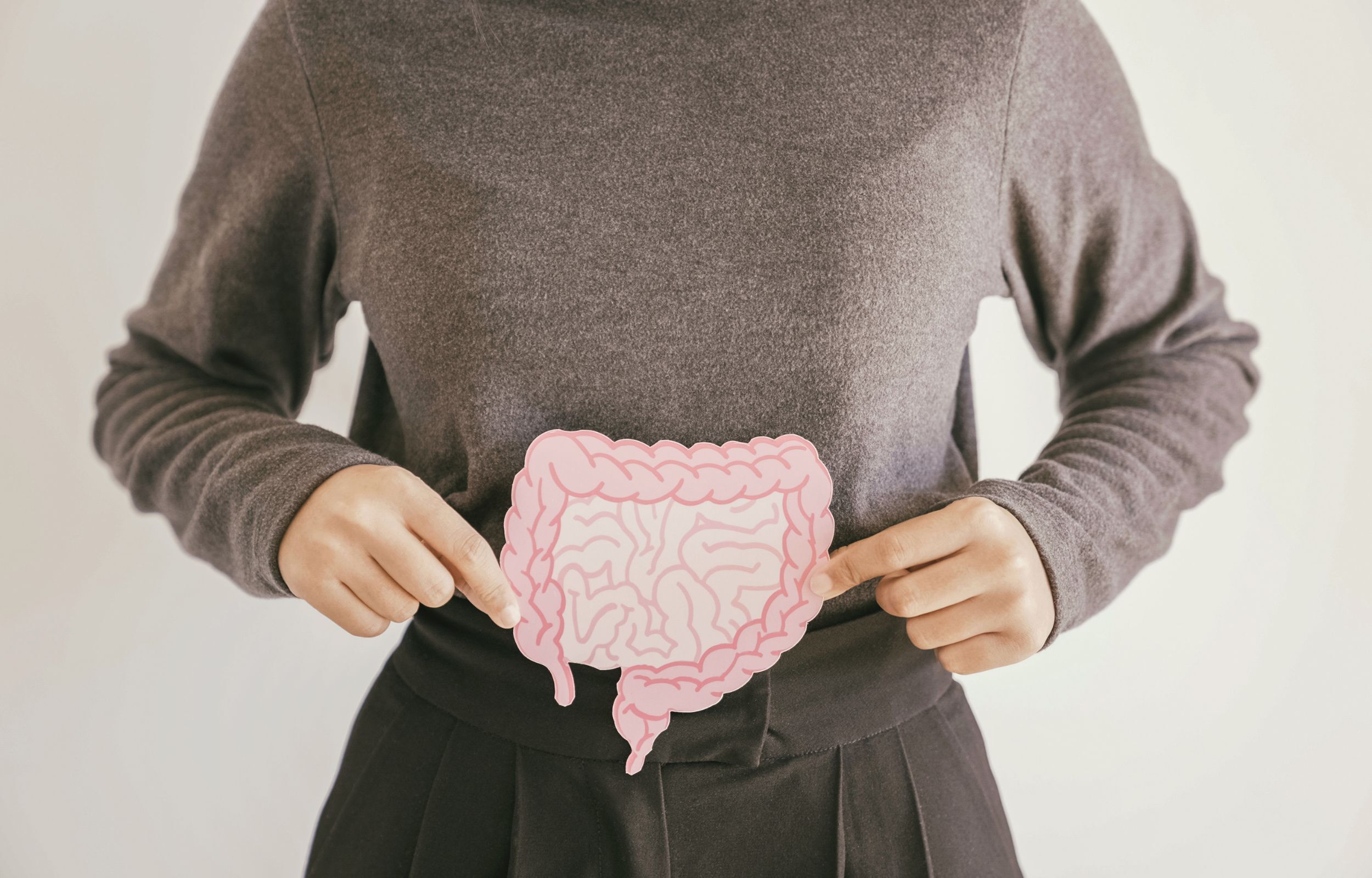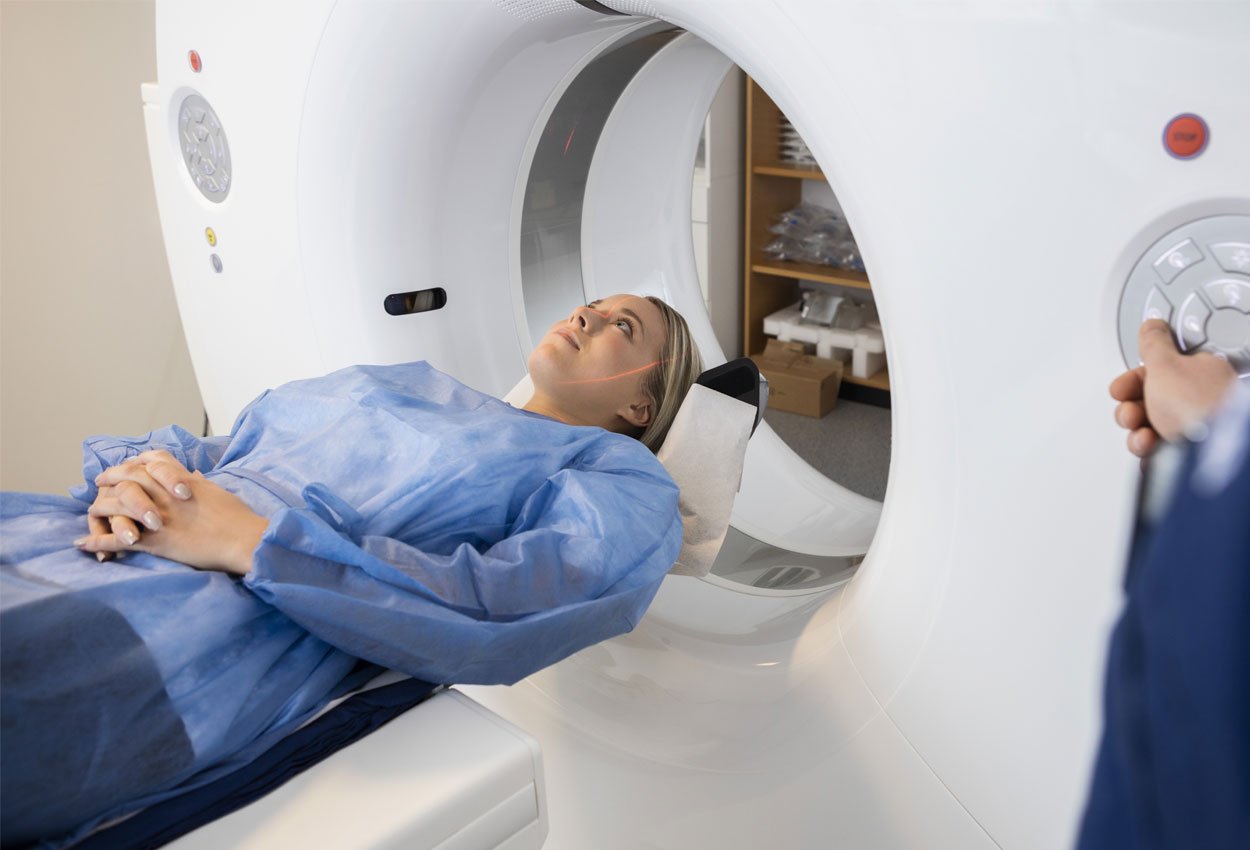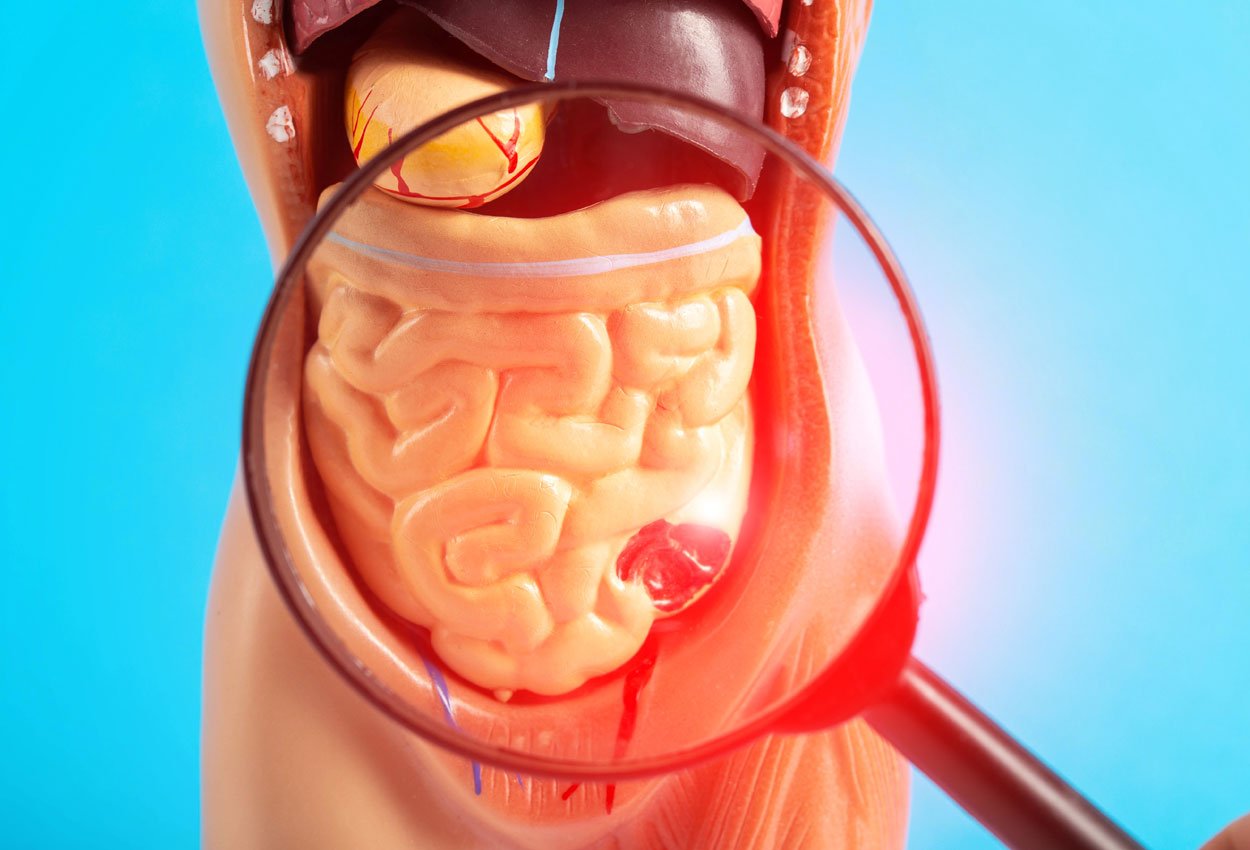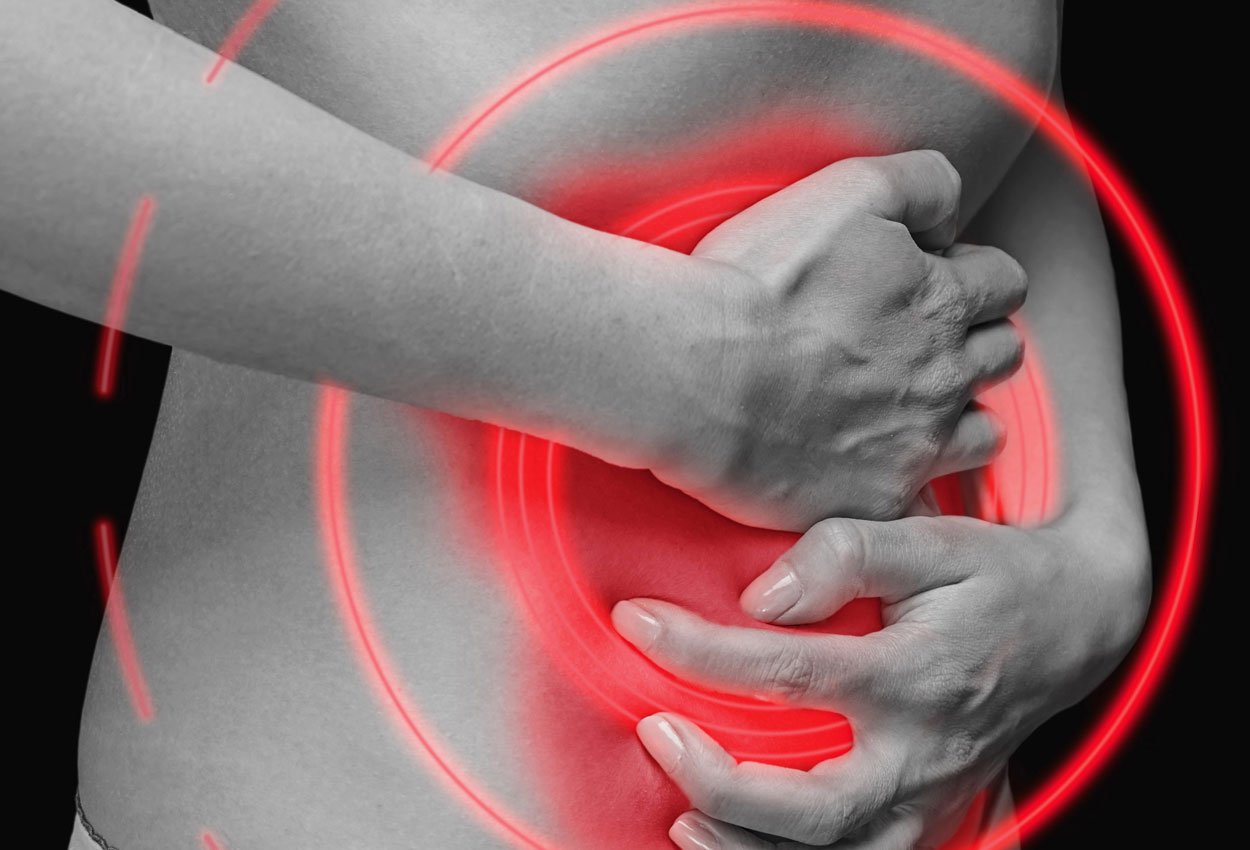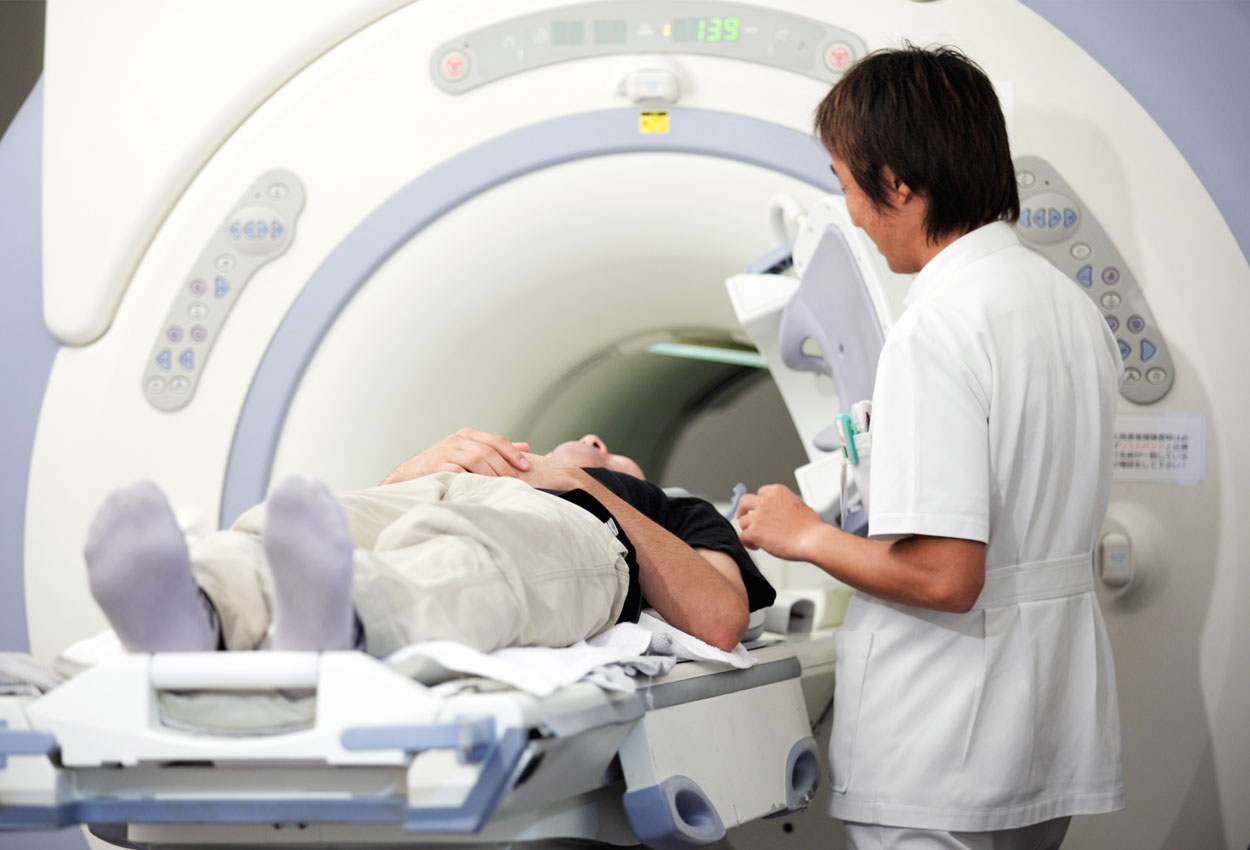Understanding what goes into your imaging preparation can make your exam experience easier. If you have ever looked at the ingredients in Breeza® flavored beverage for small bowel distention, you may...
In CT and MR enterography, clear visualization of the small bowel is essential for accurate diagnosis. Yet one of the most common challenges technologists and radiologists face is inadequate bowel...
Breeza® flavored beverage for small bowel distention was designed by a radiologist to help patients more easily drink the full amount required for imaging procedures. The goal was to offer patients a...
Patients aren’t just evaluating the results of their exam, they’re judging the entire experience, from the moment they schedule to the moment they walk out your door. For CT departments, that means...
In the fast-paced world of CT imaging, efficiency and patient satisfaction are paramount. Enterography, in particular, requires precise timing and coordination—and oral contrast agents play a...
Endoscopy and colonoscopy are often the first-line procedure for diagnosing Ulcerative Colitis (UC), a prevalent form of IBD which primarily affects mucosal and submucosal layers of the colon and...
Donna’s medical journey began in 2000 with a gastric bypass, but in 2014 acute abdominal pain sent her back to the hospital. A CT of the abdomen revealed two small ulcers near the site of her gastric...
Radiology is one of the most affected hospital departments by patient cancellations according to the article, " The Financial Burden of Missed Appointments: Uncaptured Revenue Due to Outpatient...
No-show patients and cancellations cost the health care system $150 billion a year, according to a study from SCI Solutions. Nationwide, no-show patients and cancellation rates are as high as 30%,...

